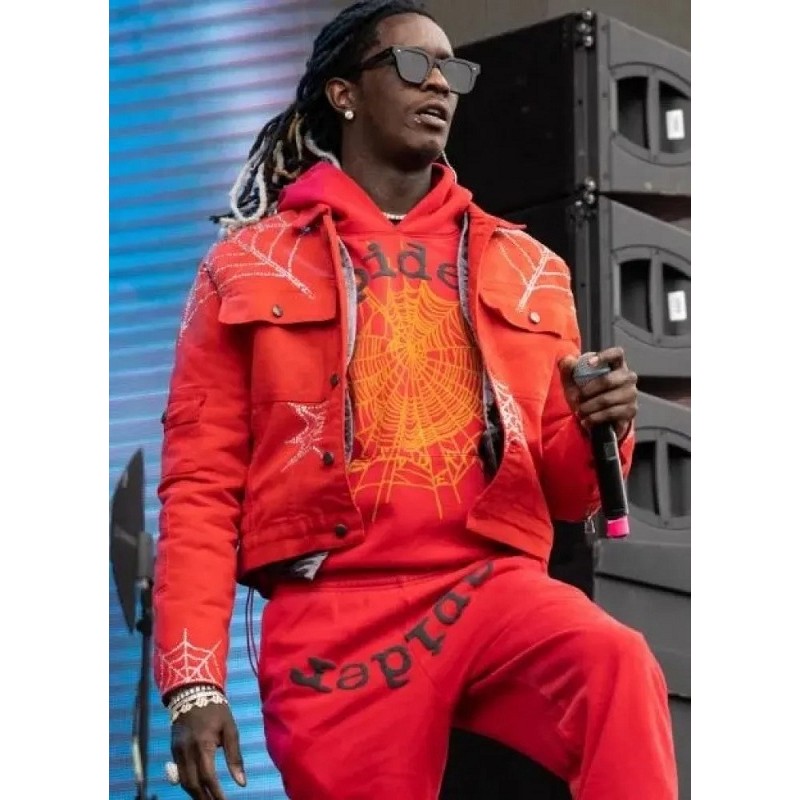The Environmental Impact of Traditional Fashion
The sustainable fashion movement is more than just a trend; it’s a vital response to the environmental and ethical challenges posed by the fashion industry. Visit now https://spiderofficial.us/ As consumers become increasingly aware of the impact their choices have on the planet, their role in promoting sustainable fashion cannot be overstated. This article delves into how consumers influence this movement, driving change through their purchasing decisions, advocacy, and lifestyle choices.
The Fashion Industry’s Carbon Footprint
The traditional fashion industry is one of the most polluting industries in the world. It is responsible for about 10% of global carbon emissions, which is more than international flights and maritime shipping combined. The production of clothing involves significant energy consumption, especially in the processes of fabric dyeing and finishing. By opting for sustainable fashion, consumers can reduce the demand for such energy-intensive processes.
Water Usage and Pollution
The fashion industry is also a major consumer of water. It takes approximately 2,700 liters of water to produce a single cotton t-shirt. Additionally, textile dyeing is a significant contributor to water pollution, with untreated toxic waste from factories being discharged into rivers and oceans. Consumers can help mitigate these issues by supporting brands that use water-efficient practices and eco-friendly dyes.
Waste Generation
Fast fashion has led to a significant increase in clothing waste, with millions of tons of textiles ending up in landfills each year. The average American discards about 80 pounds of clothing annually. By embracing sustainable fashion, consumers can reduce waste by choosing high-quality, durable garments and participating in recycling programs.
Consumer Influence on Sustainable Fashion
Demand for Ethical Practices
Consumers have the power to demand transparency and ethical practices from fashion brands. This includes fair wages, safe working conditions, and the humane treatment of animals. By prioritizing brands that uphold these values, consumers can drive the industry towards more ethical standards.
Supporting Sustainable Brands
The rise of eco-friendly fashion brands is a direct response to consumer demand. Brands that prioritize sustainability often use organic materials, employ fair labor practices, and implement eco-friendly production processes. Consumers can support these brands by making informed purchasing decisions and spreading awareness. Check it now Sp5der
Advocacy and Awareness
Consumers can also play a critical role through advocacy and raising awareness. By educating themselves and others about the impact of fashion on the environment and society, consumers can create a ripple effect that encourages more sustainable practices. Social media platforms are powerful tools for spreading this message and inspiring change.
Making Sustainable Fashion Choices
Prioritizing Quality Over Quantity
One of the key principles of sustainable fashion is to buy less but choose well. Consumers should focus on purchasing high-quality garments that are built to last, rather than cheap, disposable items. This not only reduces waste but also minimizes the demand for resource-intensive production.
Choosing Sustainable Materials
Consumers can make a significant impact by choosing garments made from sustainable materials such as organic cotton, bamboo, hemp, and recycled fabrics. These materials have a lower environmental footprint compared to conventional options.
Embracing Second-Hand and Vintage Clothing
Second-hand and vintage clothing are excellent options for those looking to adopt sustainable fashion. Thrift stores, consignment shops, and online marketplaces offer a wide range of pre-loved garments that are both stylish and eco-friendly. This practice reduces the demand for new clothing and keeps existing items in circulation.
Participating in Clothing Swaps
Clothing swaps are a fun and sustainable way to refresh your wardrobe. By exchanging garments with friends or participating in community swap events, consumers can enjoy new-to-them items without the environmental cost of new production.
The Role of Technology in Sustainable Fashion
Innovative Fabrics and Materials
Technological advancements are playing a crucial role in the sustainable fashion movement. Innovations such as bio-fabrication, which involves growing materials like leather from microorganisms, and the development of synthetic spider silk offer promising alternatives to traditional textiles.
Supply Chain Transparency
Blockchain technology is being used to enhance supply chain transparency in the fashion industry. By providing a tamper-proof record of a garment’s journey from production to sale, blockchain helps ensure that ethical and sustainable practices are followed.
Digital Fashion
The rise of digital fashion offers a unique way to reduce waste and resource consumption. Digital fashion items, which exist only in virtual spaces, can be used for social media and online presence without the environmental impact of physical production.
Conclusion
Consumers play an indispensable role in the sustainable fashion movement. Through conscious purchasing decisions, advocacy, and lifestyle changes, they can drive significant progress towards a more ethical and environmentally friendly fashion industry. By prioritizing quality, supporting sustainable brands, and embracing innovative solutions, consumers can help shape a future where fashion is both stylish and sustainable.












